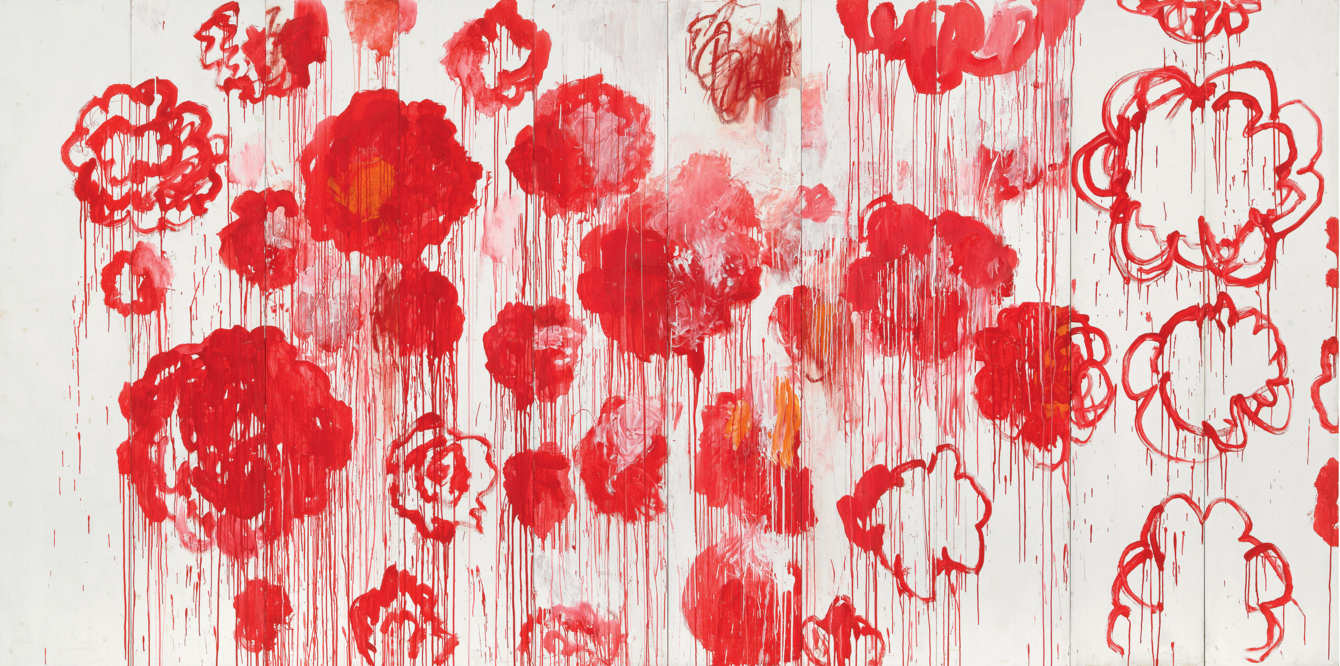“On any given night, even with history against you in any hardscrabble place, beauty walks in. The ruin of history visited on a people does not wipe out the steadfastness of beauty.”
— Dionne Brand [1]
Diana Taylor has given me an abundance of beautiful things over the past two years. As a graduate student and teaching assistant in the Department of Performance Studies at New York University’s Tisch School of the Arts, Diana’s latest gift to me was her students: students of worlds—from here, there, and all around—whose ideas, writings, and performances make up this digital dossier on decolonial theories and practices. To meditate on our class and its teachings, how it leads us to think and do, and the love we, as students, feel for decolonial teachers, objects, relationships, performances, activists, and artists, this introduction looks to and wonders at our accumulative decolonial heartbeat: its animating and vital unifying force.
The beginning of our class, if it was a beginning, was like most beginnings. I notice how we become unsure of colonial discipline and instruction, coming alive, for real this time. I watch as we ask questions without enough time to figure them all out. Students are bashful and held back, with hearts close to chests, students are loose and outspoken from the get-go, wearing hearts on sleeves. At times class ends with a heart that promises to bloom as late as next December, so as to grow stronger. Like Xuno Lopez who recalls the Mayan tseltal concept of Sp’ijilal O’tan (knowledges and epistemologies of the heart), we move from forgetting our place in the decolonial cosmos to acts of making the decolonial heartbeat return [2]. Hearting practices abound during our time together. George Emilio Sánchez facilitates a praxis-based workshop on the exercises espoused in Augusto Boal’s Theatre of the Oppressed and we become “spect-actors” of the heart [3]; Jesusa Rodríguez collaborates with us as we forge pedagogies of stones in the name of a flowering heart [4]; and Cathy Davidson suggests plans for a new education wherein we can go deep and touch and be touched [5]. All hearts come undone as we go. Have you ever met decolonial love addicts with a sense of lush (dis)identification without outright idealisation? ¡Presente! [6]
Cy Twombly, Blooming, 2001-2008. Acrylic and wax crayon on ten wooden panels.
This dossier is divided into four unique takes on the title of our class. Clairette Atri, Paulo Maia, Luisa Marinho, Natalia Aguilar Vasquez, and Zack Wilks’ “Sobremesa Pedagogy: A Roundtable on the Feast” invites us to eat and teach. Susana Costa Amaral, Ricardo Duarte Filho, Kristen Holfeuer, Annie Seminara, and Lee Xie posit words for “Being With” in string figures. Hallie Ableman, Cree Noble, Gwen Rakotovao, Renato Bolelli Reboucas, and Jess Saldaña explore “Embodied Practices for Moving through Audio-Visual Colonization” with fluid and continuous actions against the rigid colonial impulses of audio and visual culture. By way of (non-)conclusion, Mira Al-Sayegh, Santiago Barcaza, Luke Bowe, Belén Contreras, Pedro Cabello del Moral and their accomplices create a resplendent team for collective resistance in “Desborde: Overflow and the Politics of Resistance.” Taken together, these decolonial theories and practices pose the question: Do you believe in decolonial performances of syncopated heartbeats?
The general imperative of teaching a class titled “Decolonial Theories and Practices” might be something like this: when worn, torn, and fed up with the colonial world as we know it, perform a decolonial heartbeat together. Hearts will cut a figure and join the mix. Students will fall in and out of love time and time again. Remind each other that no one will get the same heart back. It is a lot like love in here. Then again, baskets of flowering hearts are difficult to weave. Sometimes it proves impossible to decolonize academic curriculum. Still, Yoloxochitl means flower of the heart in Nahuatl. This is an interspecies heartbeat and it buds out from decolonial roots.
Left with the unanswerable, we turn over a new leaf as we spark a conversation from the heart on a long walk together. In the evidence collected here, distance from colonial stems makes the flowers of our hearts and minds grow fonder. Our hearts beat—sound, char, flourish, crumble, and shine: decolonial.
Go ahead students of the heart, pump life in a decolonial beat.
Love,
Annie
Notes
[1] Dionne Brand, A Map to the Door of No Return: Notes to Belonging (New York: Vintage Canada, 2001): 25.
[2] Xuno Lopez, “Sp’ijilal O’tan: Knowledges and Epistemologies of the Heart.” In Resistant Strategies, eds. Marco Steuernagel and Diana Taylor (New York: HemiPress, forthcoming).
[3] Augusto Boal, Theatre of the Oppressed (New York: Theatre Communications Group, 1993).
[4] Jesusa Rodríguez, “Pedagogy of Stones.” In Art, Migration, and Human Rights: A Collaborative Dossier by Artists, Scholars, and Activists on the Issue of Migration in Southern Mexico (New York: HemiPress, 2015). https://chiapas2015.tome.press/chapter/collaborative-pedagogies/#stones.
[5] Cathy Davidson, The New Education: How to Revolutionize the University to Prepare Students for a World in Flux (New York: Basic Books, 2017).
[6] Diana Taylor, ¡Presente!: The Politics of Presence (Durham: Duke University Press, forthcoming).
